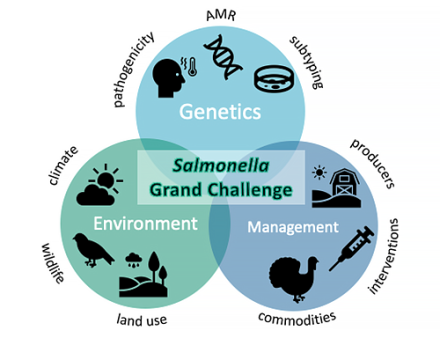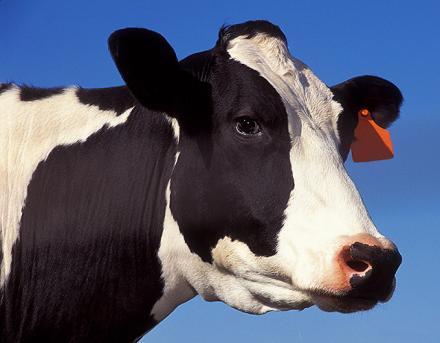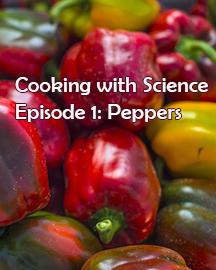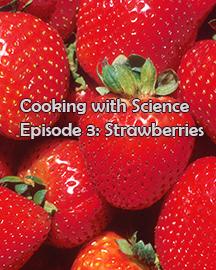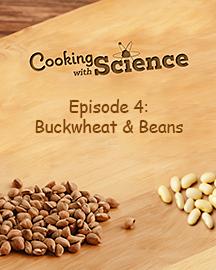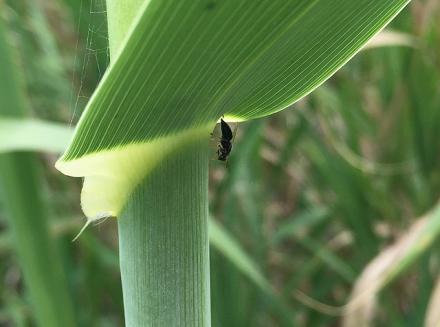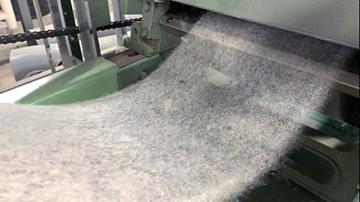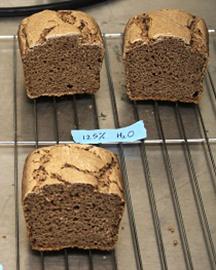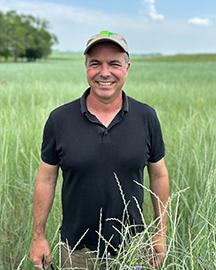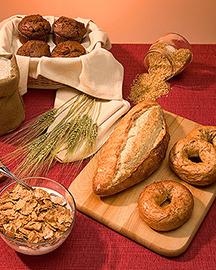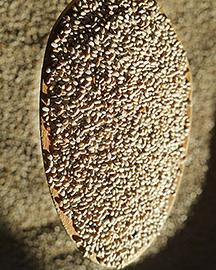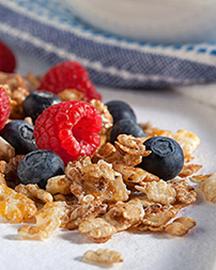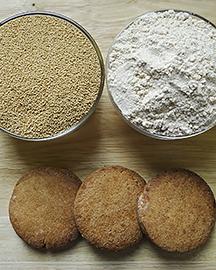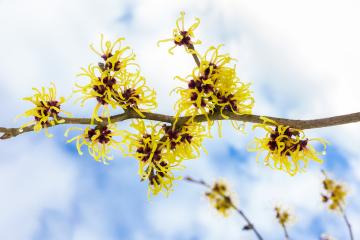Great Grains: Ancient Grains Deliver Health Benefits
Grains are the edible seeds of cereal crops such as wheat, rice, barley, oats and corn. A human nutrition study at the Jean Mayer USDA Human Nutrition Research Center on Aging reaffirmed the health benefits of substituting whole-grain foods for refined-grain products like white bread in the diet. Unlike refined grains, which undergo extensive milling or other processing, whole grains are sold for eating with their bran and other constituents intact—all rich in vitamins, minerals, fiber and other nutrients. Three healthy grains are farro, teff, and sorghum.
-
Farro, considered an ancient grain, is a nutty tasting whole grain in the wheat family. It's a good source of fiber and contains potassium, B vitamins and more protein than wheat.
-
Sorghum is the fifth-most widely grown cereal grain crop worldwide, providing consumers with 12 essential nutrients.
-
Teff is a gluten-free cereal grain containing 13% protein.
It's important to note that not everyone can eat all grains. According to the National Institutes of Health (NIH), about 2 million people in the United States have an autoimmune condition known as celiac disease. People affected with this serious disease are unable to consume gluten, a protein found in wheat, rye, and barley. Fortunately, sorghum and teff are known as alternative grains, those not containing gluten.
In these episodes our ARS researchers team up with culinary chefs Eric McCoy and David Milburn (Howard Community College Culinary Arts Program in Columbia, MD) to create wonderful dishes using the ancient grains farro, sorghum, and teff.
You'll learn how to make a delightful and beautiful farro and pomegranate salad, the best chicken and waffles (with hot honey sauce) you've ever tasted, and ultra-tasty gluten-free chocolate chip cookies, made from teff flour while learning about the health and nutritional benefits of these ancient grains.




